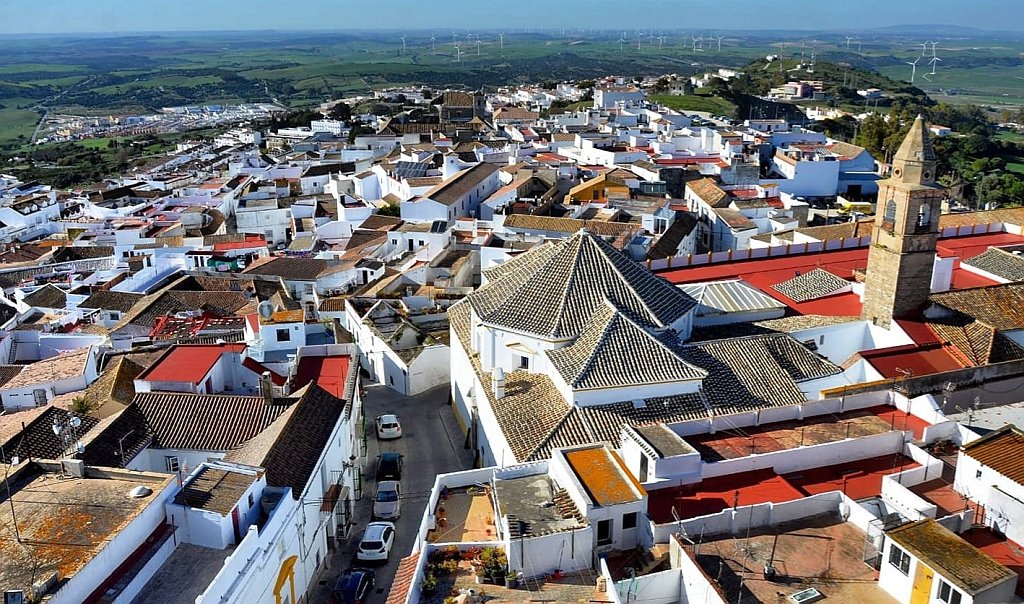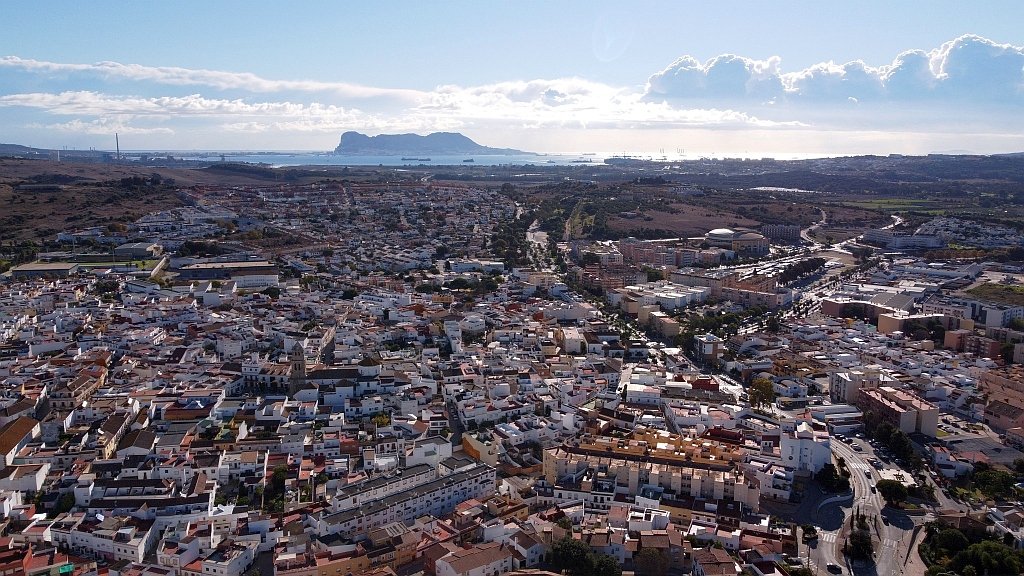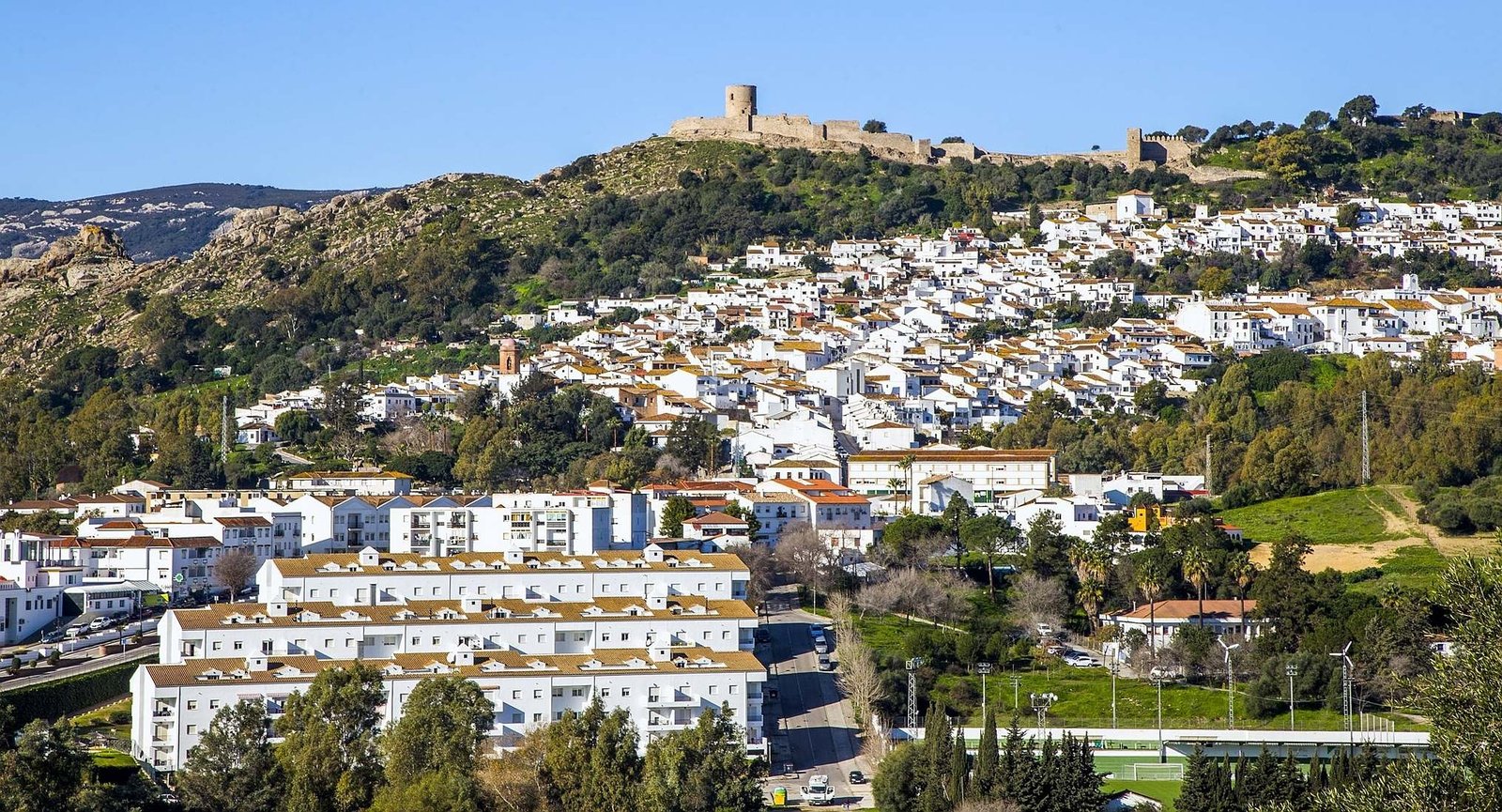Located in the heart of Cádiz province, within the region of La Janda, and nestled within the spectacular natural setting of Parque Natural de los Alcornocales lies Alcalá de los Gazules. This town boasts an unmatched beauty, typifying the unique character of southern Spain.
Its architecture, narrow and steep streets, and bright, open squares bring to life the Andalusian charm described by Federico García Lorca, who wrote: “I, who am Andalusian through and through, yearn for Málaga, for Córdoba, for Sanlúcar la Mayor, for Algeciras, for authentic and vibrant Cádiz, for Alcalá de los Gazules, for that which is intimately Andalusian…”
I’ve been living in this lovely area of Western Andalucia for the last 20 years or so and dedicate most of my time to the running of English language tourist information websites for the towns of Cádiz, Ronda, Grazalema, the famous or infamous Caminito del Rey, and also Wildside Holidays, which promotes sustainable and eco-friendly businesses running wildlife and walking holidays in Spain. My articles contain affiliate links that will help you reserve a hotel, bus, train or activity in the area. You don’t pay more, but by using them you do support this website. Thankyou!




